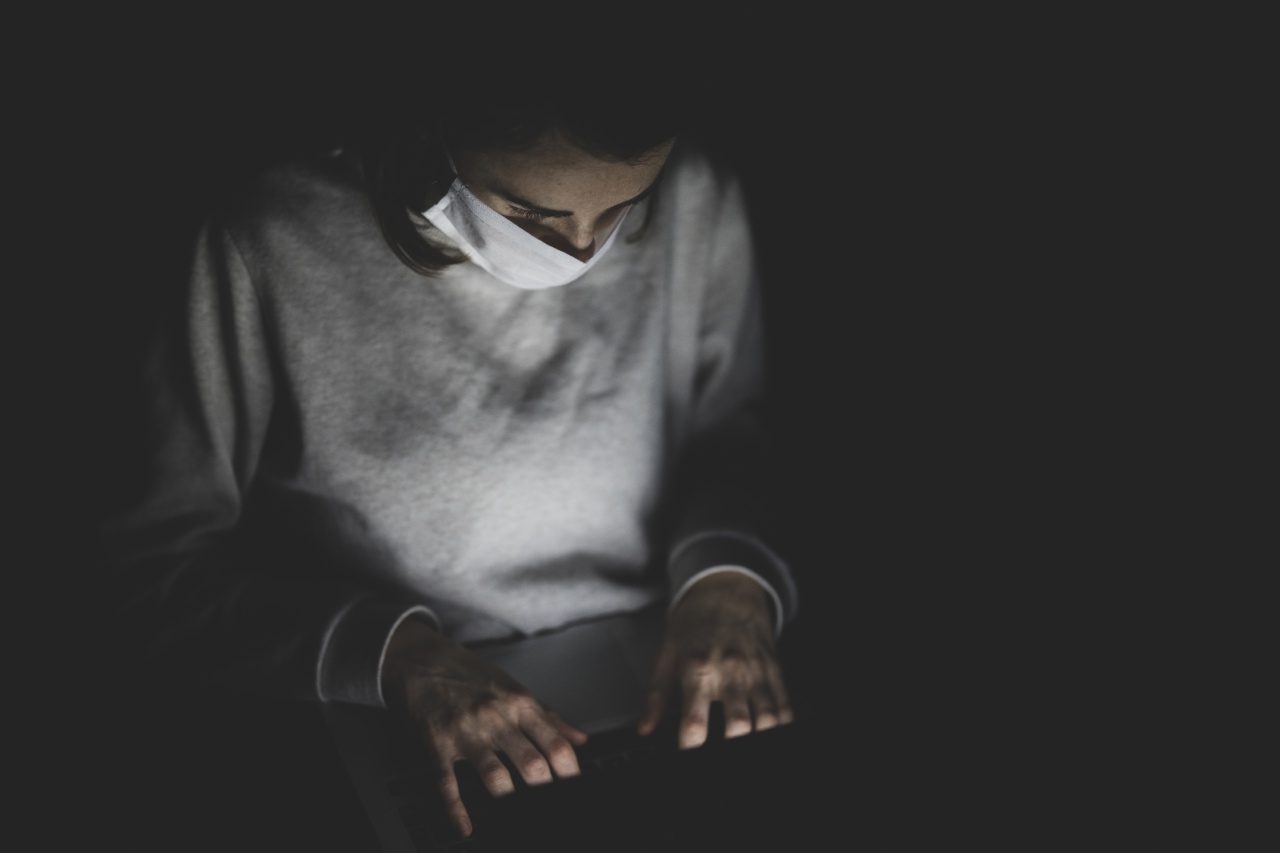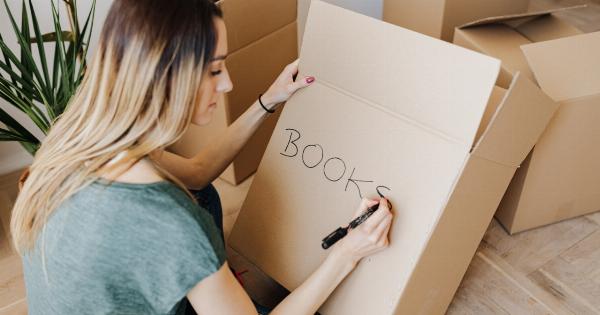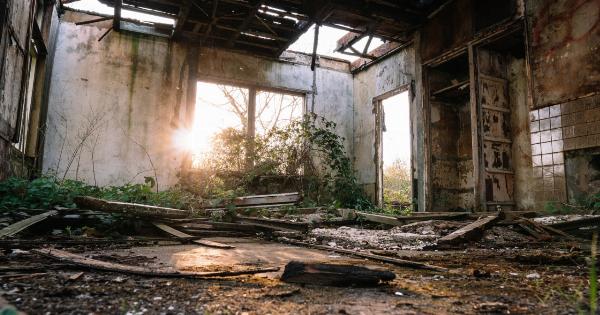The gallbladder is a small, pear-shaped organ that sits under the liver on the right side of the abdomen. Its main function is to store bile, a digestive fluid produced by the liver that helps break down fats in the small intestine.
However, sometimes the gallbladder can develop problems that can cause pain and other symptoms. In this article, we will explore some common gallbladder issues and how to care for them.
Gallstones
Gallstones are one of the most common gallbladder issues. They are hard deposits that can form in the gallbladder or bile ducts. Gallstones can be as small as a grain of sand or as large as a golf ball.
Most people with gallstones don’t experience any symptoms, but when they do, it can be quite painful.
Symptoms of gallstones include:
- Pain in the upper right abdomen that may radiate to the back or right shoulder
- Nausea and vomiting
- Feeling bloated
- Indigestion
- Yellowing of the skin and eyes (jaundice)
If you experience any of these symptoms, it’s important to see your doctor right away. In some cases, gallstones can cause serious complications, such as inflammation of the gallbladder or pancreas.
Treatment:
In some cases, mild gallstone symptoms can be managed with pain relievers and lifestyle changes, such as avoiding fatty or spicy foods.
However, if the pain is severe or the gallstones are causing complications, surgery may be necessary to remove the gallbladder.
Cholecystitis
Cholecystitis is an inflammation of the gallbladder that can be caused by gallstones or infection. It can be acute (sudden and severe) or chronic (persistent). Acute cholecystitis is a medical emergency that requires immediate treatment.
Symptoms of cholecystitis include:
- Pain in the upper right abdomen that may radiate to the back or right shoulder
- Nausea and vomiting
- Fever and chills
- Yellowing of the skin and eyes (jaundice)
- Clay-colored stools and dark urine
If you experience any of these symptoms, seek medical attention right away. Cholecystitis can cause serious complications, such as gangrene of the gallbladder or sepsis.
Treatment:
Acute cholecystitis is usually treated with antibiotics and pain relievers, and in some cases, surgery may be necessary to remove the gallbladder.
Chronic cholecystitis may be managed with pain relievers and lifestyle changes, but if the symptoms are severe or the gallbladder is not functioning properly, surgery may be necessary.
Biliary Dyskinesia
Biliary dyskinesia is a condition in which the gallbladder doesn’t empty properly, even though there are no gallstones or inflammation present.
The cause of biliary dyskinesia is not entirely understood, but it may be related to problems with the nerves that control the gallbladder.
Symptoms of biliary dyskinesia include:
- Pain in the upper right abdomen that may radiate to the back or right shoulder
- Nausea and vomiting
- Feeling bloated
- Indigestion
If you experience any of these symptoms, talk to your doctor. Biliary dyskinesia is usually diagnosed with a specialized test called a hepatobiliary iminodiacetic acid (HIDA) scan.
Treatment:
Treatment for biliary dyskinesia typically involves surgery to remove the gallbladder. In some cases, medications may be prescribed to manage the symptoms.
Gallbladder Polyps
Gallbladder polyps are growths that develop on the gallbladder wall. Most gallbladder polyps are benign (not cancerous), but in rare cases, they may be cancerous.
Symptoms of gallbladder polyps:
- Pain in the upper right abdomen
- Nausea and vomiting
- Feeling bloated
- Indigestion
Most people with gallbladder polyps don’t experience any symptoms and don’t require treatment. However, if the polyps are large or causing symptoms, surgery may be necessary to remove the gallbladder.
Care for Gallbladder Issues
If you have gallbladder issues, there are several things you can do to help manage your symptoms:.
- Eat a healthy diet – Avoid fatty or spicy foods, which can trigger gallbladder pain.
- Stay hydrated – Drink plenty of water to help flush out your system.
- Exercise regularly – Regular exercise can help improve digestion and reduce symptoms.
- Manage stress – Stress can exacerbate gallbladder symptoms, so it’s important to find ways to manage stress, such as deep breathing or meditation.
If your symptoms are severe or persistent, talk to your doctor about treatment options.
Conclusion
Gallbladder issues can be painful and disruptive, but there are effective treatments available. If you experience symptoms such as abdominal pain, nausea, or vomiting, it’s important to seek medical attention right away.
With proper care and treatment, most people with gallbladder issues can manage their symptoms and improve their quality of life.






























